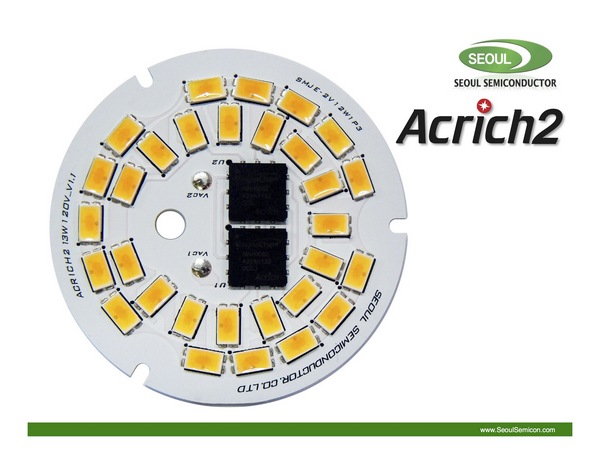This year marks the 10th Annual Luminaire Design Competition for students enrolled in Designing with Light (DES 136 B) at the University of California, Davis. The competition gives students the opportunity to work with state-of-the-art lighting technologies and to share their designs with professionals in the lighting industry.
Led by Professor Michael Siminovitch, the course is a 10-week design challenge. This year, students must create original luminaire prototypes for outdoor pathways. Each student is provided an energy-efficient LED module manufactured by LEDLab using Seoul Semiconductor LEDs and components and packaged into a ready-to-use product distributed by Seoul Semiconductor.
 |
|
A student from California Lighting Technology at UC Davis works on a lighting design. (LEDinside/UC Davis) |
On March 13, as students present their final class projects, they will also be participating in the competition, presented by the California Lighting Technology Center (CLTC) at UC Davis. Guest judges, including representatives from Seoul Semiconductor and LEDLab, will help to select the winners.
"We are excited to sponsor this year's class and to be inspired by the young minds working on this intriguing outdoor LED project," says Seoul Semiconductor North America Marketing Representative Megan Silkman.
In June the top two students to place in the competition will bring their winning designs to LightFair International, the industry’s largest annual lighting conference and trade show. The students’ expenses will be covered by Seoul Semiconductor. At LightFair 2014 the students will have the opportunity to present their luminaires in a special section of the Seoul Semiconductor booth, giving them valuable opportunities to meet industry experts and explore job opportunities. The winners of past years’ competitions embarked on careers in architecture, lighting design, and other design fields, many finding positions immediately after graduation.
 |
|
Seoul Semiconductor’s Acrich2 AC-LED modules. (LEDinside/ Seoul Semiconductor) |
Seoul Semiconductor’s Acrich2 AC-LED modules can be easily connected directly to AC line power with no driver or ballast, and they are available in a variety of form factors and light output levels. LEDLab designed this custom Acrich2 module to be integrated into energy-efficient lighting projects. The modules’ compact design allows them to be used in areas with space constraints and enables cost-effective installation, as the modules can fit in a standard electrical J-Box. A unique cooling system extends the life of the modules for maintenance-free lighting that lasts for more than 60,000 hours.





 CN
TW
EN
CN
TW
EN







